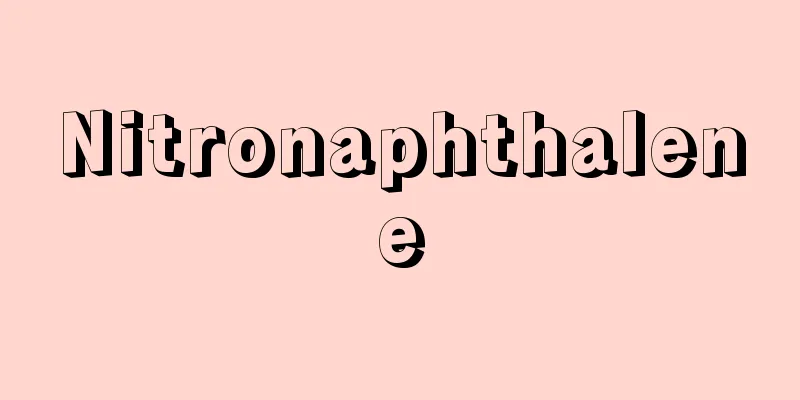Sherpa

|
...An ethnic group living in the highlands of eastern Nepal, on the southern foot of Mount Everest. Population: about 24,000 (1971). Also refers to mountaineering guides and high-altitude porters of this ethnic group. They are based in the Solu-Khumbu region on the upper reaches of the Dudh Kosi River, but are said to have originally migrated from eastern Tibet across the Himalayas. In Tibetan, the name means "people (pa) of the east (Shar)." Their language is a dialect of Tibetan, they believe in Tibetan Buddhism (Lamaism), and have a Tibetan-style lifestyle, customs, and social system. From [Tibetan]...the classification name and main distribution area are: (1) Central dialect (U-tsang, named after the U-tsang region centered around Lhasa and the Gtsang region centered around Shigatse) (2) Southeastern dialects (also called the Khams dialect): Naqu and Changdu areas of the Tibet Autonomous Region, Ganzi and Ataba Tibetan (Zo) Autonomous Prefecture in Sichuan Province, Diqing Tibetan (Zo) Autonomous Prefecture in Yunnan Province, and Yushu Tibetan (Zo) Autonomous Prefecture in Qinghai Province; (3) Northeastern dialects (also called the Amdo dialect): Qinghai Province, Gannan Tibetan (Zo) Autonomous Prefecture and Tianzhu Tibetan (Zo) Autonomous County in Gansu Province, and Ganzi and Ataba Tibetan (Zo) Autonomous Prefecture in Sichuan Province; (4) Western dialects: In addition to the Balti dialect mentioned above, Ladakh region of the Kashmir region of India and Himachal Pradesh; (5) Southern dialects: Himachal Pradesh, Uttar Pradesh, Nepal, Sikkim, and Bhutan. The Sherpa language of Nepal and Dzongkha, the national language of Bhutan, are included in the southern dialects. It belongs to the Tibeto-Burman branch of the Sino-Tibetan language family, and is thought to form a subgroup of Tibetan languages together with the Himalayan languages of Nepal, the Gyaron language of Sichuan Province, and the Qiang language of Sichuan Province, but there are various theories about the genealogical relationship with the languages within the group. *Some of the terminology that mentions "Sherpa" is listed below. Source | Heibonsha World Encyclopedia 2nd Edition | Information |
|
…ネパール東部,エベレスト峰南ろくの高地に住む民族。人口約2万4000(1971)。また同民族出身の登山ガイド,高所ポーターをもいう。ドゥード・コシ川上流のソル・クーンブ地方に本拠をもつが,もともと東部チベットからヒマラヤを越えて移住してきたといわれている。チベット語で〈東(シャル)の人(パ)〉を意味する。その言語はチベット語の方言で,チベット仏教(ラマ教)を信じ,チベット風の生活様式や風俗習慣,社会制度をもつ。… 【チベット語】より…分類名とおもな分布地域は,(1)中央部方言(ラサを中心とするウュ(衛)dbus地方,シガツェを中心とするツァン(蔵)gtsang地方の名をとってウーツァンdbus gtsang方言ともいう):チベット自治区,(2)東南部方言(カム(康)khams方言ともいう):チベット自治区那曲・昌都地区,四川省甘孜・阿壩チベット(蔵)族自治州,雲南省迪慶チベット(蔵)族自治州,青海省玉樹チベット(蔵)族自治州,(3)東北部方言(アムド(安多)amdo方言ともいう):青海省,甘粛省甘南チベット(蔵)族自治州・天祝チベット(蔵)族自治県,四川省甘孜・阿壩チベット(蔵)族自治州,(4)西部方言:先のバルティー語のほかは,インドのカシミール地区ラダック地方,ヒマーチャル・プラデーシュ,(5)南部方言:ヒマーチャル・プラデーシュ,ウッタル・プラデーシュ,ネパール,シッキム,ブータン。ネパールのシェルパSherpa語,ブータンの国語ゾンカDzongkha語などは南部方言に含まれる。 系統的には,シナ・チベット語族のチベット・ビルマ語派に属し,ネパールに分布するヒマラヤ諸語,四川省に分布するギャロン(嘉戎)語,チャン(羌)語などとともに,その下位語群,チベット語群を形成すると考えられるが,語群内諸言語との系譜関係についても諸説がある。… ※「Sherpa」について言及している用語解説の一部を掲載しています。 出典|株式会社平凡社世界大百科事典 第2版について | 情報 |
>>: Sherrington, CS (English spelling) SherringtonCS
Recommend
Donkey (ask) - donkey (English spelling) ass
A mammal of the genus Equus and family Equidae in ...
Dagerman, S.
...Dan Andersson (1888-1920), a representative po...
Mitsuyoshi Ohashi
1875-1946 A businessman from the Meiji to early S...
Tsuyama Domain
This was a domain that ruled the Tsuyama region o...
Guillou, E.
...The story revolves around three love stories a...
La Somme (English spelling)
…A river in northern France. Total length 245 km....
Agostino di Duccio
1418‐81 Italian sculptor. Born in Florence. Left h...
Chickenpox (Chickenpox)
What kind of infection is it? Chickenpox, a virus...
Brother and sister star - Ototoiboshi
…This name is used from the Seto Inland Sea coast...
Government pasture - Kanboku
〘 noun 〙 A national ranch stipulated in the Ritsur...
Hazakasa craft - Haritsuzaiku
〘Noun〙 A unique lacquer craft item made by Ogawa H...
Field soil - Hatadojo
A general term for cultivated soil where crops are...
Panthera tigris altaica (English name) Pantheratigrisaltaica
…[Maki Sachiko]. . . From [Cat] …[Shigeo Murashit...
Pleistocene
…One of the geological time periods. It is synony...
Copper vein - Domyaku
Year of death: 1801.7.12 Year of birth: 1752 A wri...





![Shirakawa [town] - Shirakawa](/upload/images/67cbe51923258.webp)



